489 Search Results Found For : ""
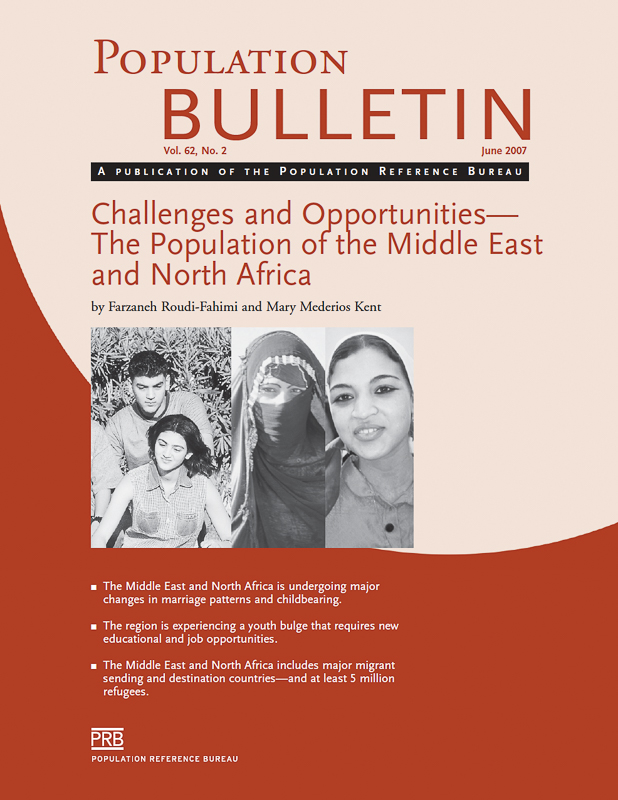
Population Bulletin, vol. 62, no. 2: Challenges and Opportunities—The Population of the Middle East and North Africa
Vol. 62, No. 2: (2007) The countries of the Middle East and North Africa (MENA) continue to fascinate and concern the rest of the world. With two-thirds of the world’s known petroleum reserves, the region’s economic and political importance far outweighs its population size.
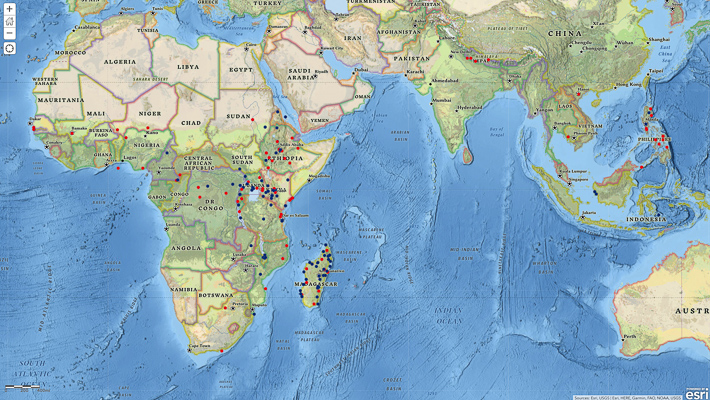
Project: PACE: Policy, Advocacy, and Communication Enhanced for Population and Reproductive Health
Population, Health, Environment, and Development Activity Map
This map identifies field-based projects around the world relating to population, health, environment, and/or development, as well as funders and organizations focused on relevant policy and advocacy research and learning.

Project: Center for Public Information on Population Research (CPIPR)
High Obesity Rates Plus Severe Coronavirus Cases Could Strain Rural U.S. Hospitals
As coronavirus cases rise in less densely populated states in the Midwest and West, the disease, combined with high levels of obesity in rural America, could pose major challenges for health care systems, suggests Mark Lee at the University of Minnesota.
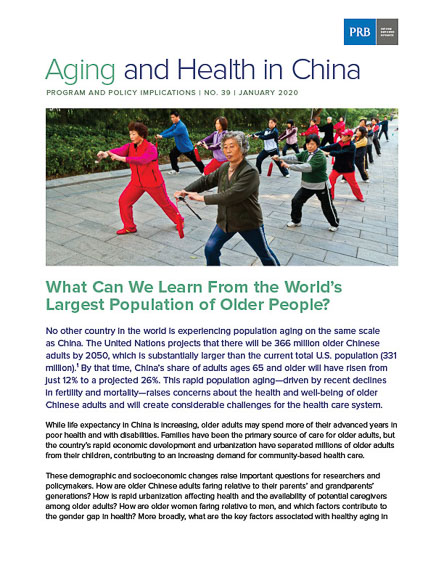
Project: Demography and Economics of Aging and Alzheimer’s Disease
Today’s Research on Aging, Issue 39: Aging and Health in China
(2020) What can we learn from the world's largest population of older people?
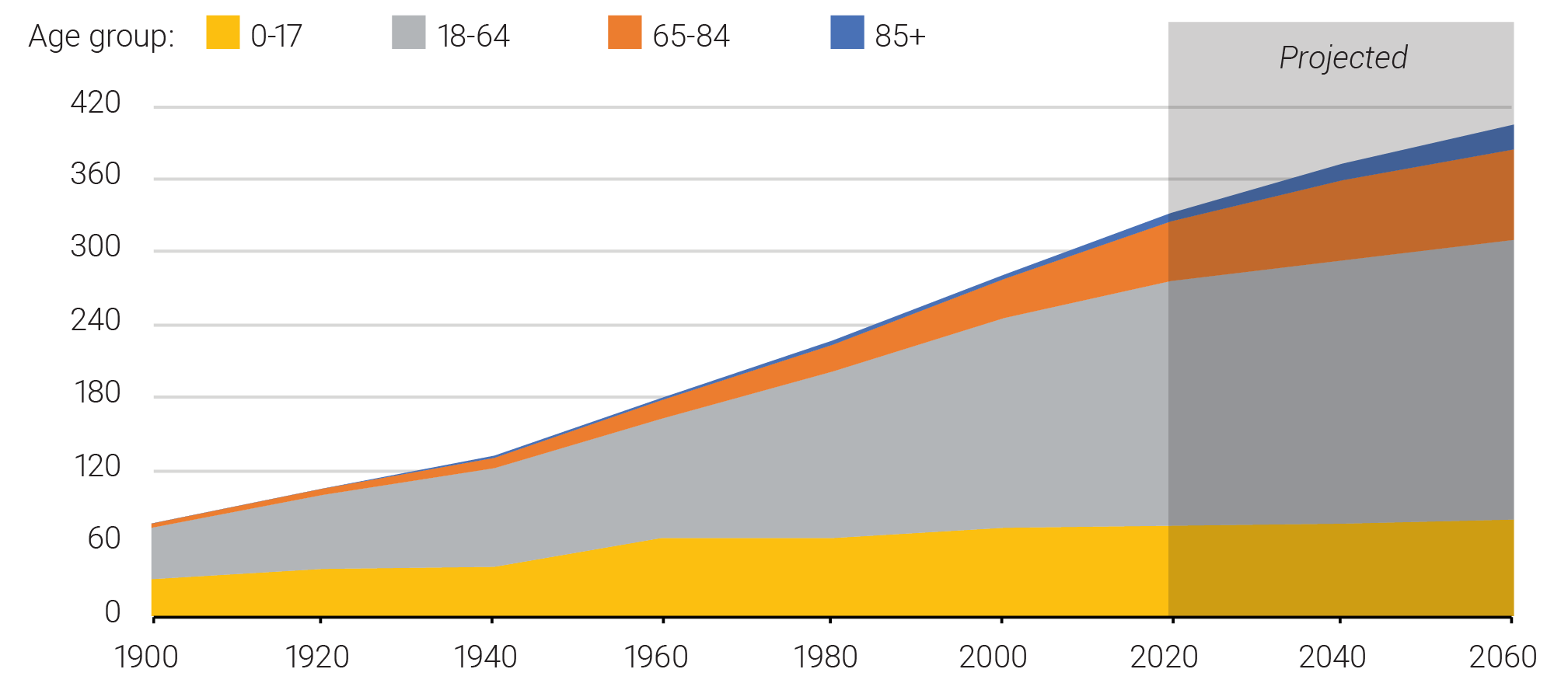
The U.S. Population Is Growing Older, and the Gender Gap in Life Expectancy Is Narrowing
The current growth of the population ages 65 and older is unprecedented in U.S. history and has important implications for policymakers.
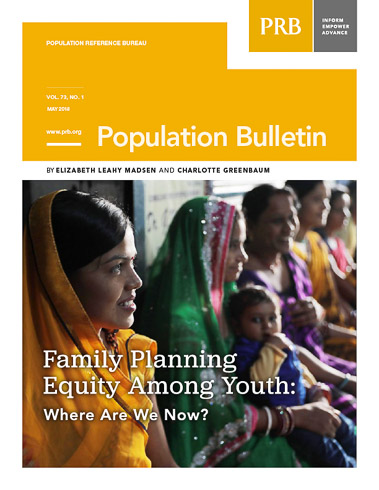
Family Planning Equity Among Youth: Where Are We Now?
Population Bulletin, Vol. 73, No. 1: While the gap in demand satisfied for modern family planning between rich and poor young women is improving, equitable access to family planning is still challenging. Wealth-based inequity remains persistent in most regions of sub-Saharan Africa, even accounting for factors such as educational attainment, urban/rural residence, and age.
Lessons on Family Planning Equity Among Youth
Advocates, service providers, and governments are increasingly focused on improving access to and use of contraception among young people.
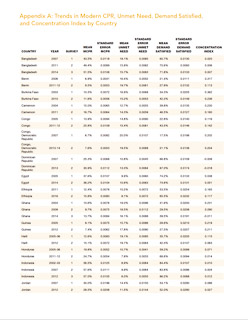
Population Bulletin, vol. 73, no.1: Appendices
Online Appendices Revised July 2019

Population Bulletin, vol. 73, no. 1. Family Planning Equity Among Youth: Where Are We Now?
While the gap in demand satisfied for modern family planning between rich and poor young women is improving, equitable access to family planning is still challenging. Wealth-based inequity remains persistent in most regions of sub-Saharan Africa, even accounting for factors such as educational attainment, urban/rural residence, and age.
